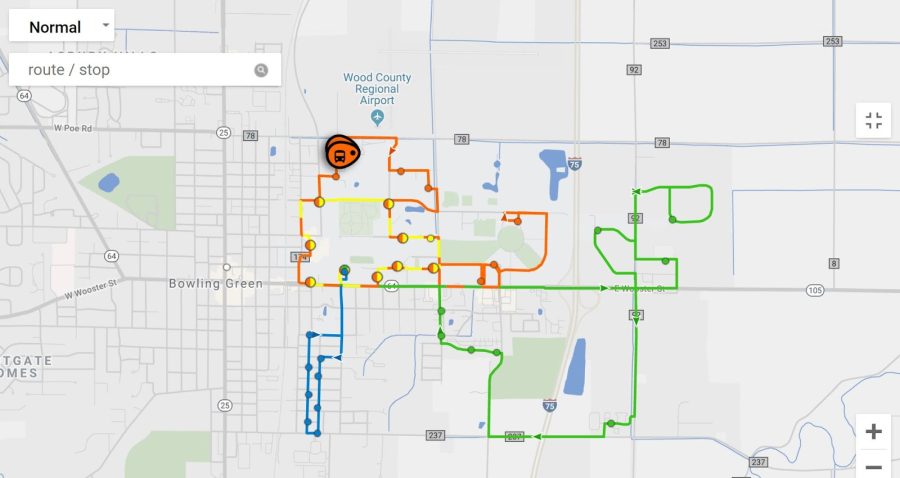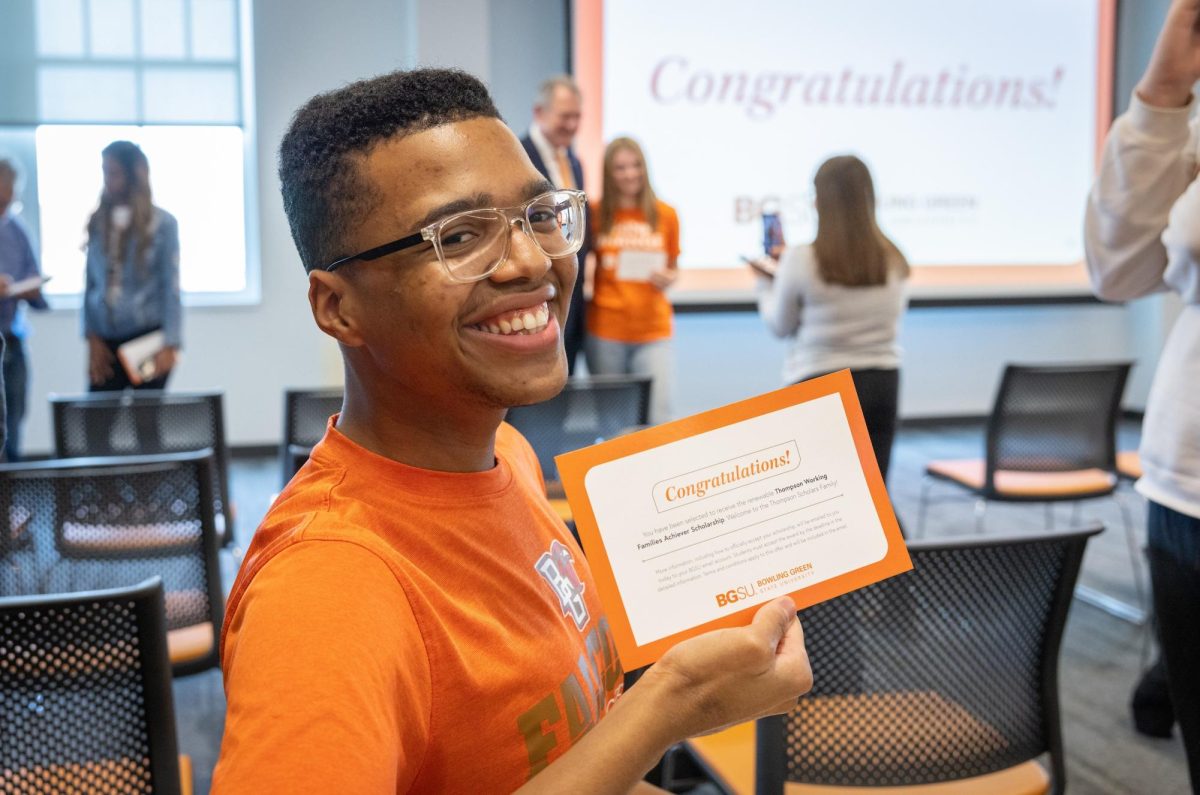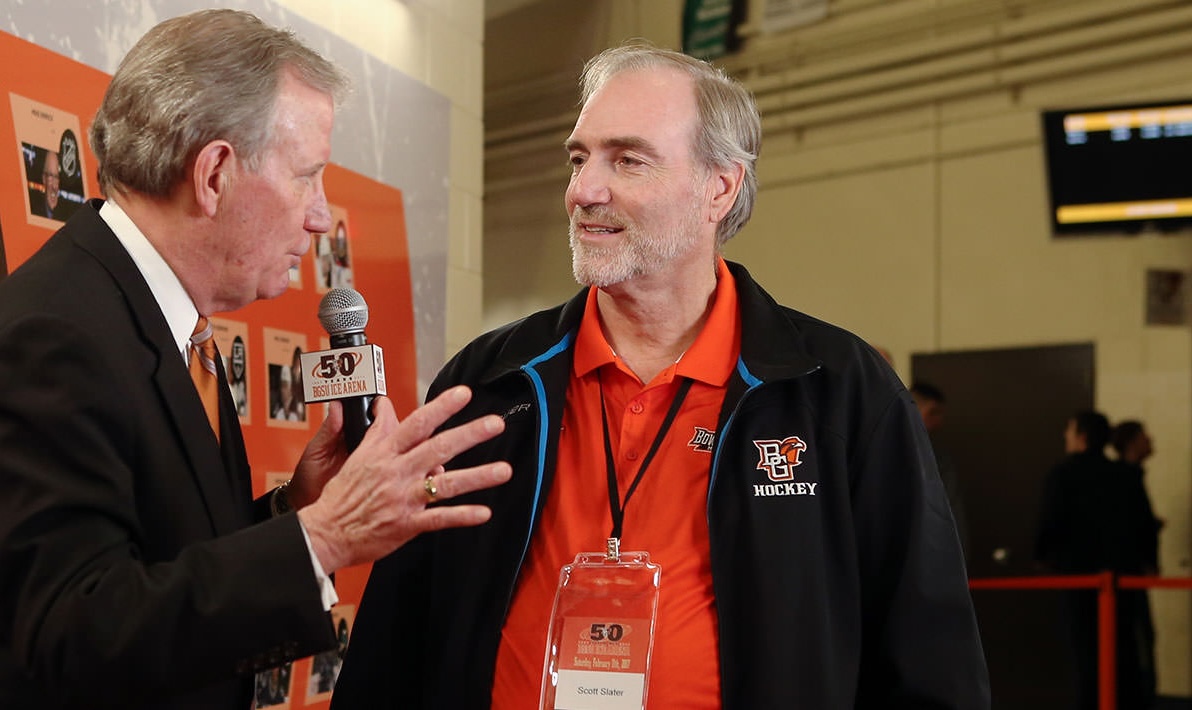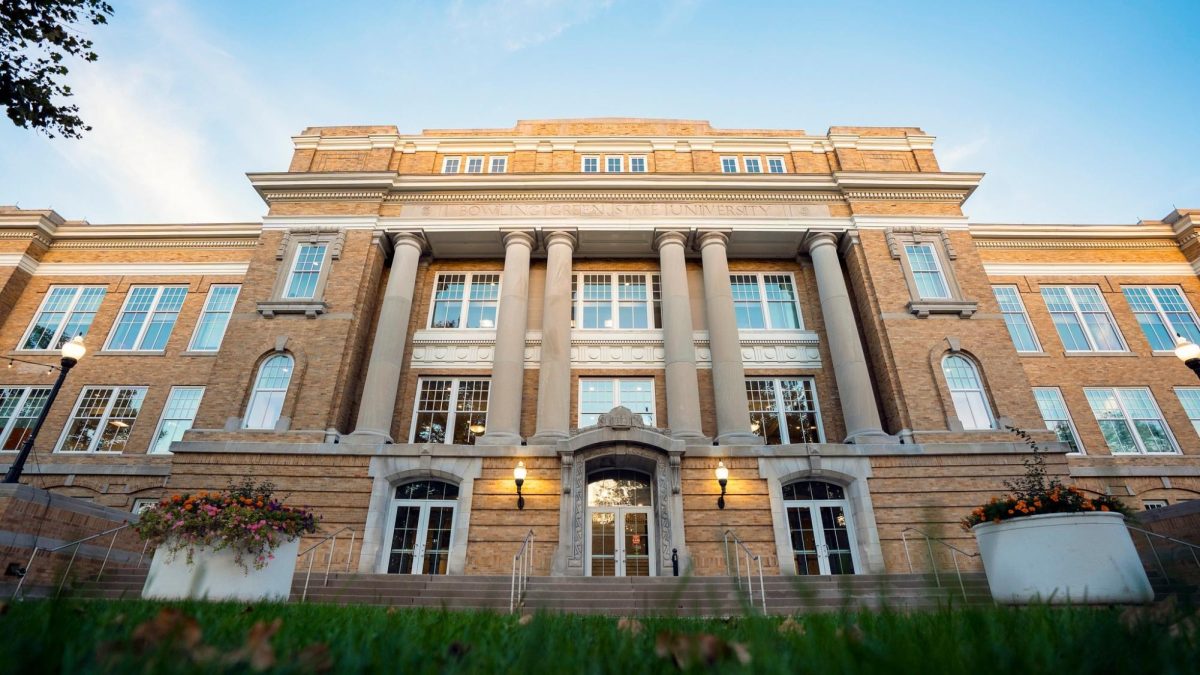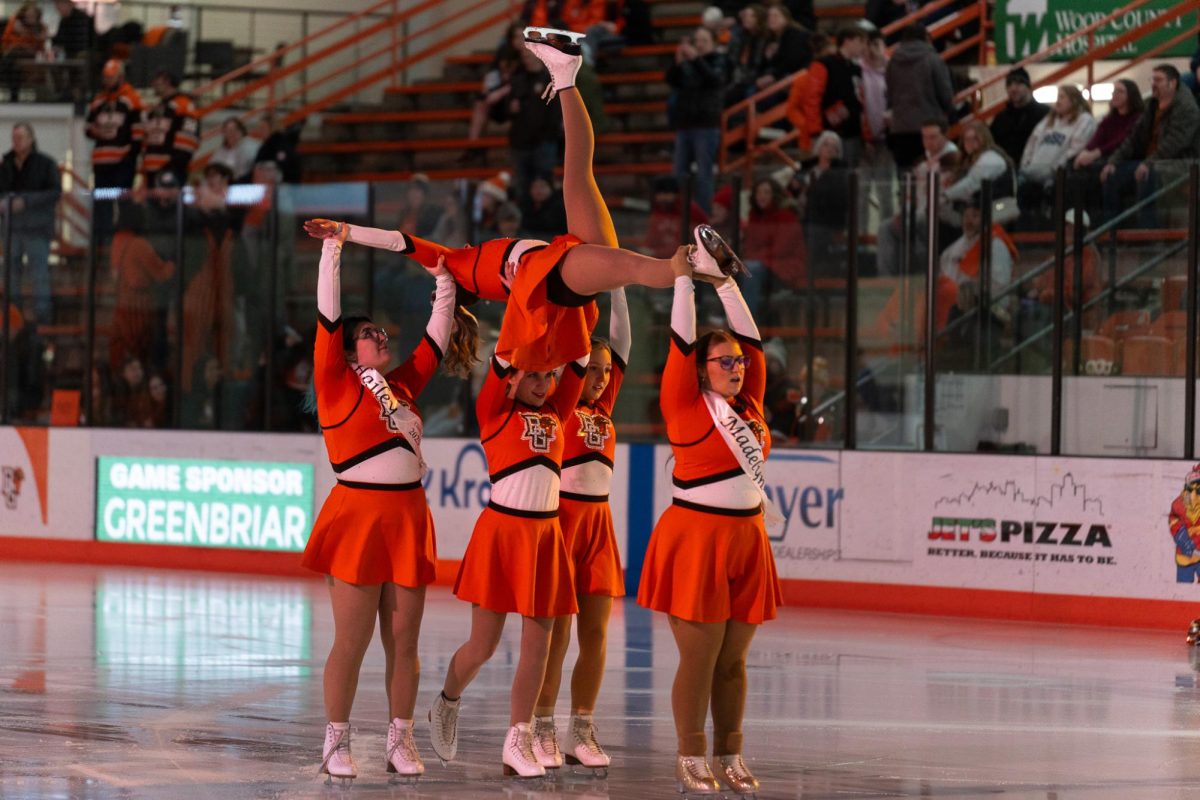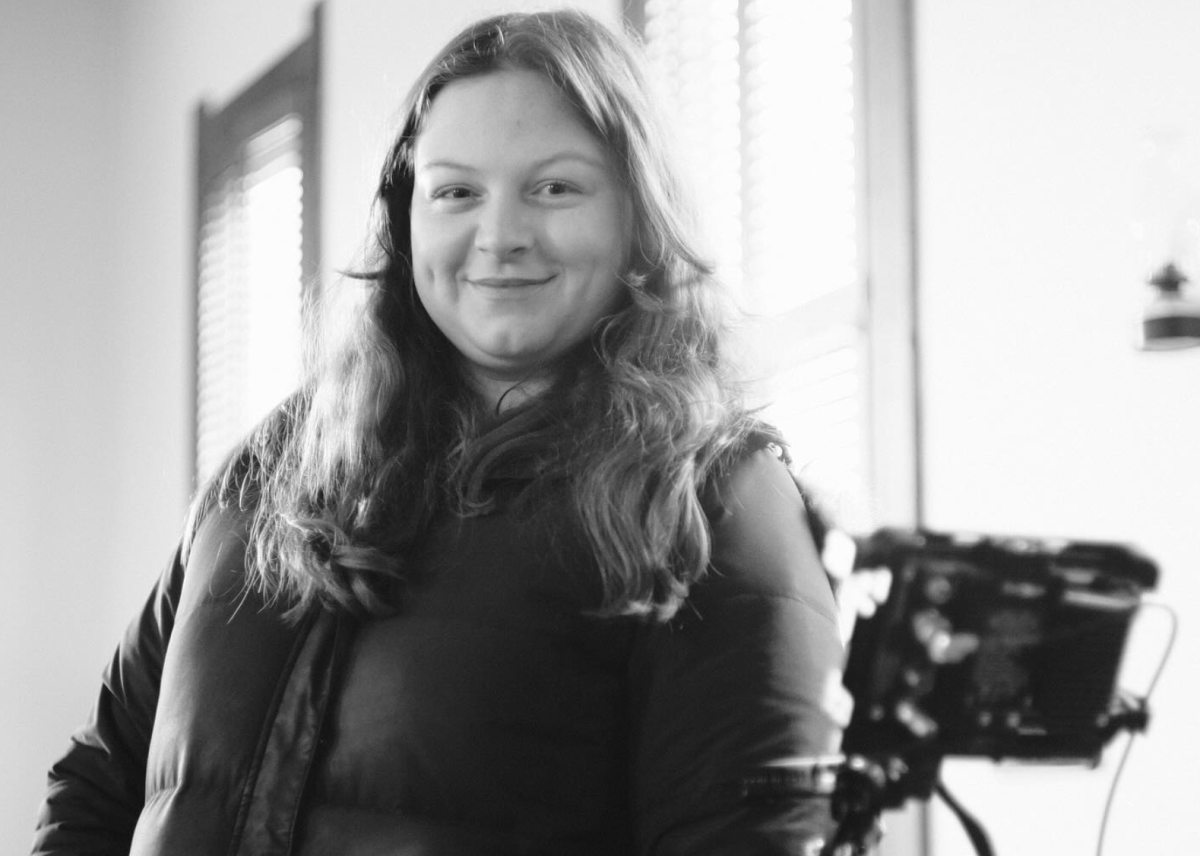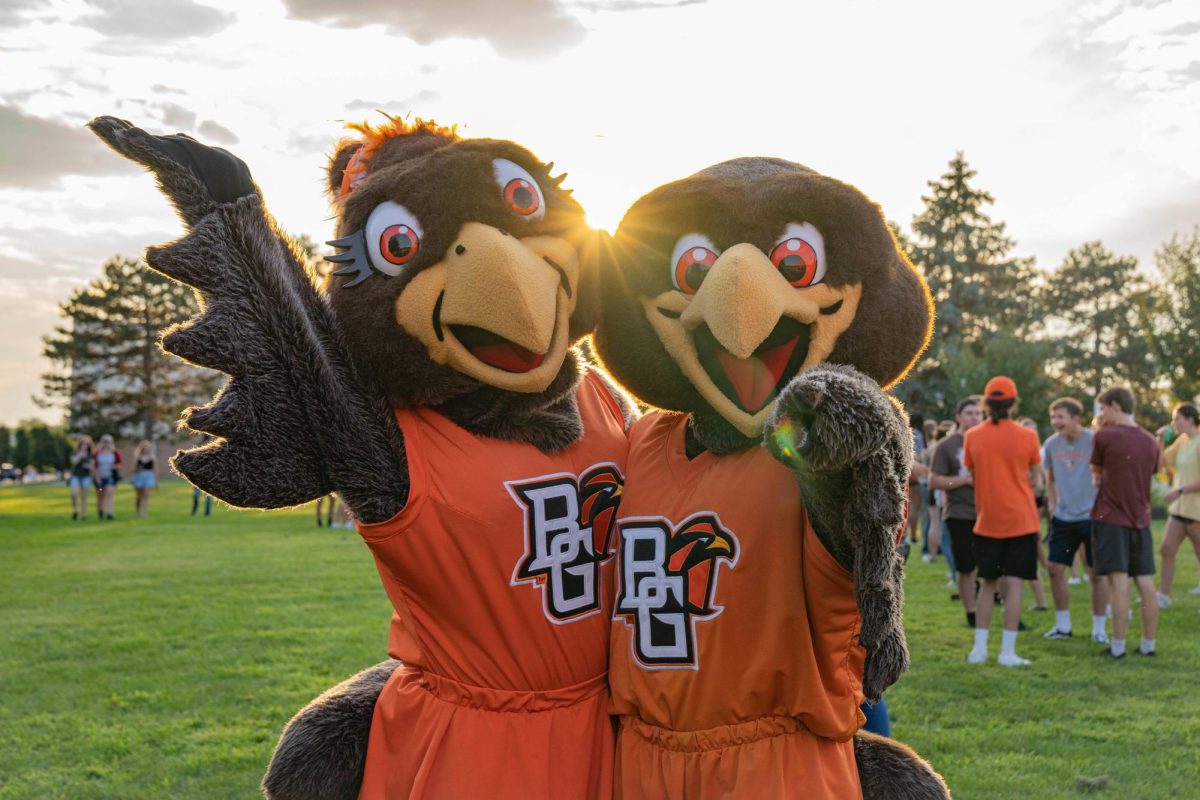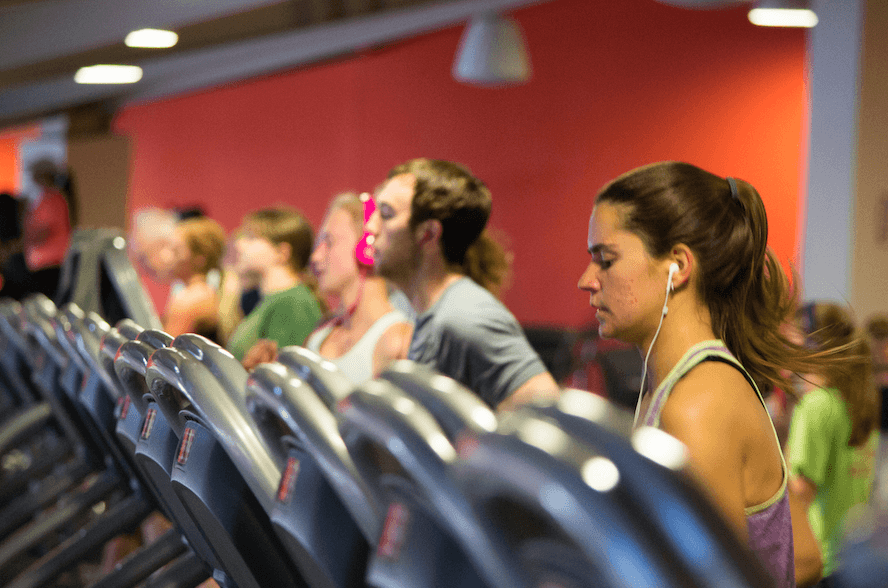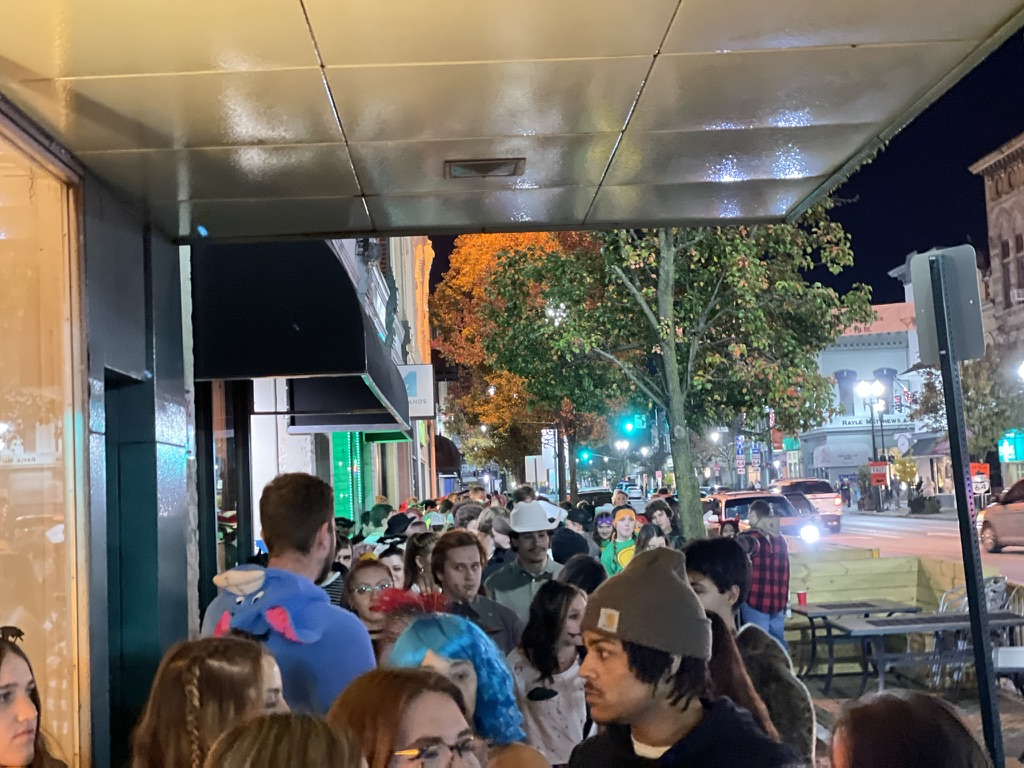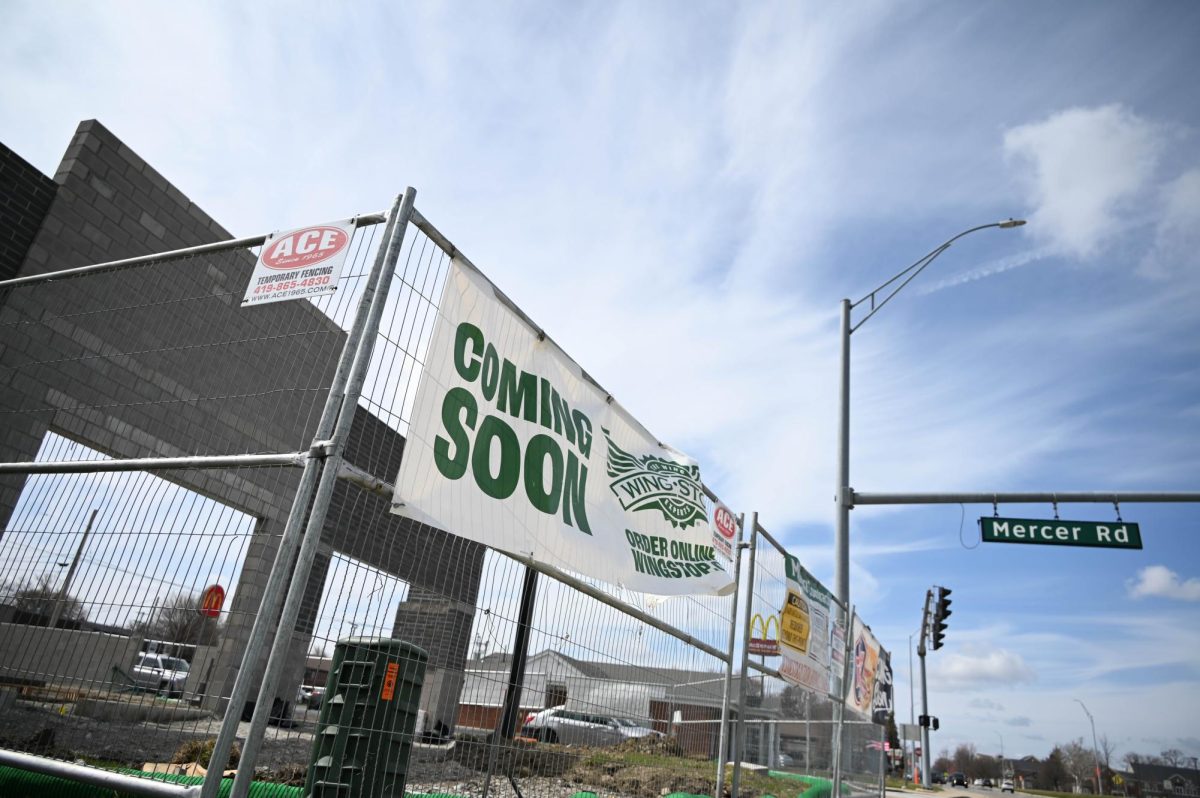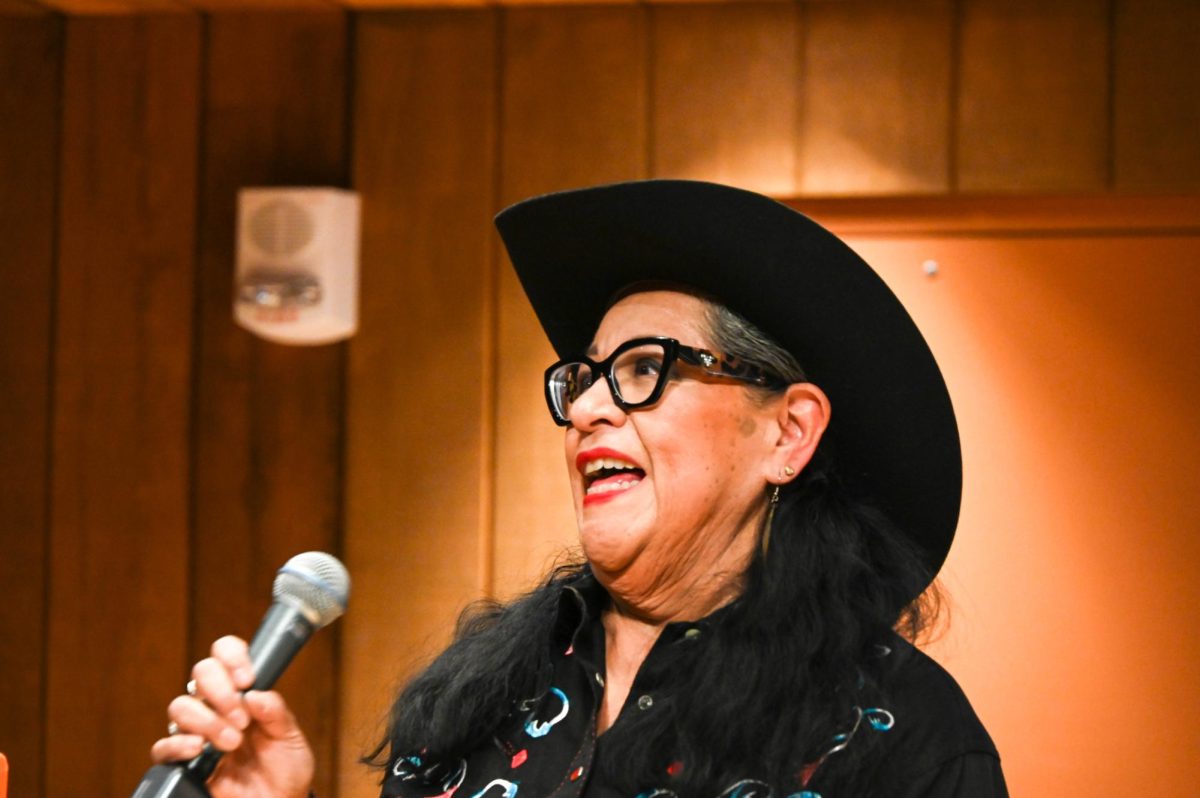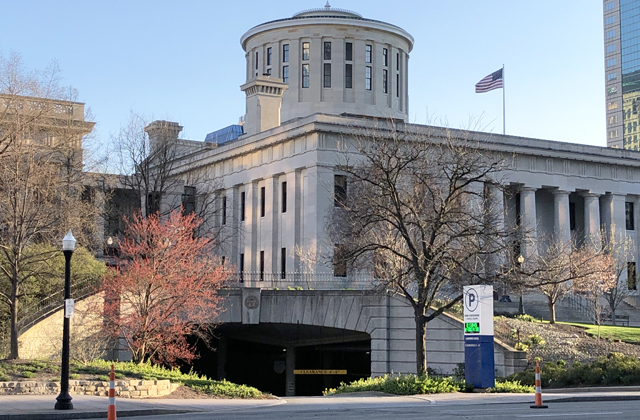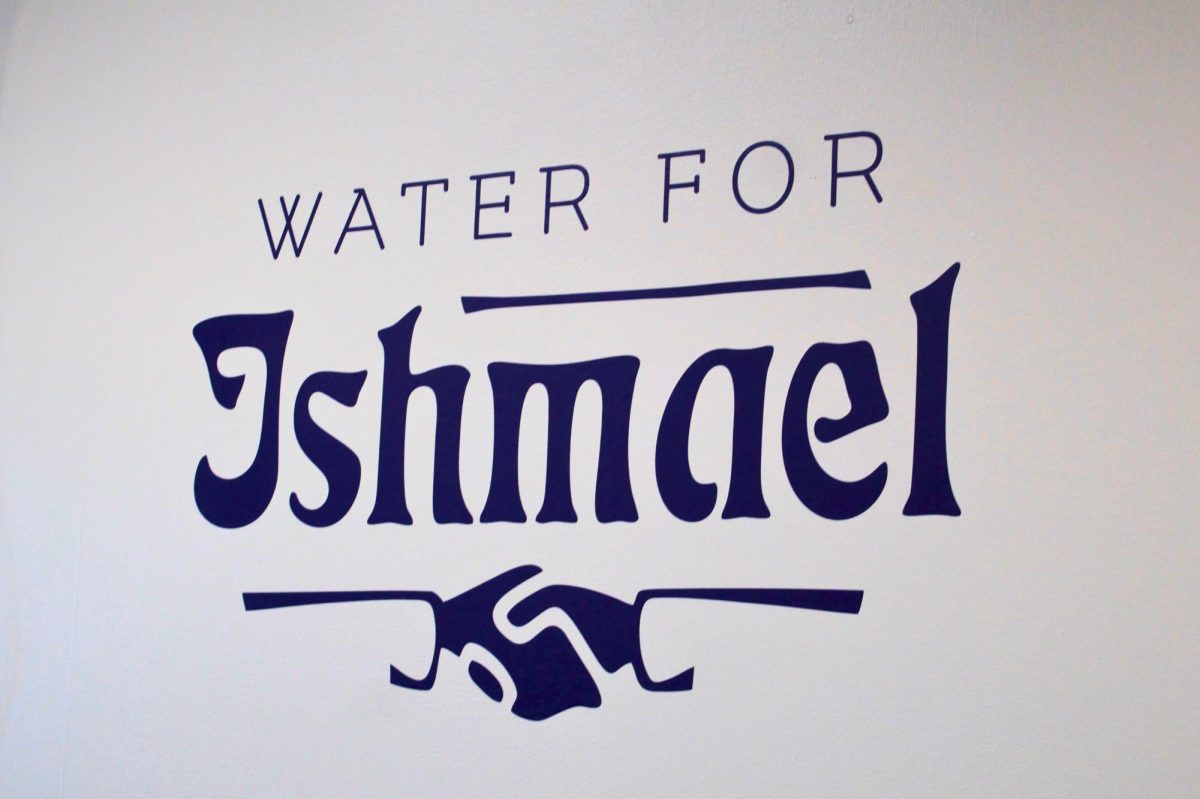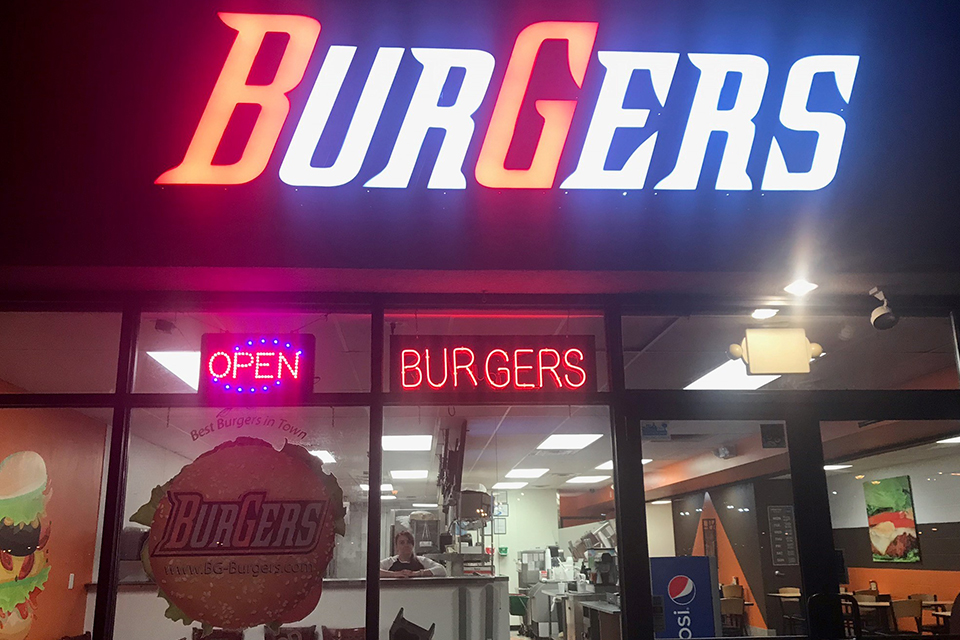Many people rely on their cars for work and school and find it’s easier to travel at a moment’s notice; although, many others have realized that owning a car isn’t a necessity. It’s no secret that parking lots at the university are often filled with cars of commuters and on-campus students, but those who don’t have the luxury of personal transportation have found a way to get around when they need to.
1. Get physical: Walking, biking
One of the most common ways students get to where they’re going is by walking.
Connor Froehlich, a junior studying adolescent and young adult integrated social studies, points out, “Walking is a very viable option especially since Bowling Green is a smaller town and community.” He suggests finding an interesting podcast to listen to for people who decide to walk often “because you’re going to have a lot of time to listen to it.”
Logan Donley, a senior non-traditional student, talks about some benefits of walking.
“I have become more physically active. I lived in Austria for a year and didn’t have a vehicle there, and it required me to walk every day. The physical aspect is a really underlooked benefit that people don’t typically see. One of the best things about not owning a vehicle is that you stay somewhat healthy,” he explained.
Biking has the same benefits as walking and gets people to their destination in a more timely manner, but new bikes can run between $100-$300, which can be a challenge for some people. The Office of Campus Sustainability offers members of the BGSU community an opportunity to rent a bike from the Orange Bike Rental Program. To rent a bike during the fall semester, it costs $49 and for the full academic year, $69. A maintenance service is also included with the rental price.
People interested in renting are required to fill out a short application, which can be found on the Office of Campus Sustainability website.
2. Ask around: Carpooling
Among walking and riding bikes, carpooling is also popular among students.
Alexis Zaryk, a junior majoring in graphic design, said, “You’ll meet plenty of people who offer rides.”She pays some of her friends through Venmo or offers to buy them food for driving her around, and others do it for free.
In addition to making friends and getting to know people, several students mentioned carpooling is more environmentally friendly, too.
3. Public transportation: Taking the bus
BGSU has provided a shuttle system as a free service to students. Some apartment complexes including The Edge, Falcon’s Pointe, Copper Beech and Winthrop Terrace also have a private shuttle service for their residents. There are five routes total which are scheduled to run at specific times. The BGSU app has a feature that tracks the locations of the buses en route and includes the estimated arrival time at each stop. The bus stops can be found on the university’s website, along with the working hours of each route.
In 2018, BGSU partnered with Groome Transportation and welcomed six new buses into the fleet, which run on propane gas, a more economical alternative to diesel fuel.
“It’s really nice to be able to use the public transportation systems,” Donley said.
Although students without a car understand it can be challenging at times, they have found ways to work with it. Zaryk offers her advice to “not to look at it as a bad thing. Thinking negative will only have negative effects.” She added that “not having a car is the least of my worries at BG.”


